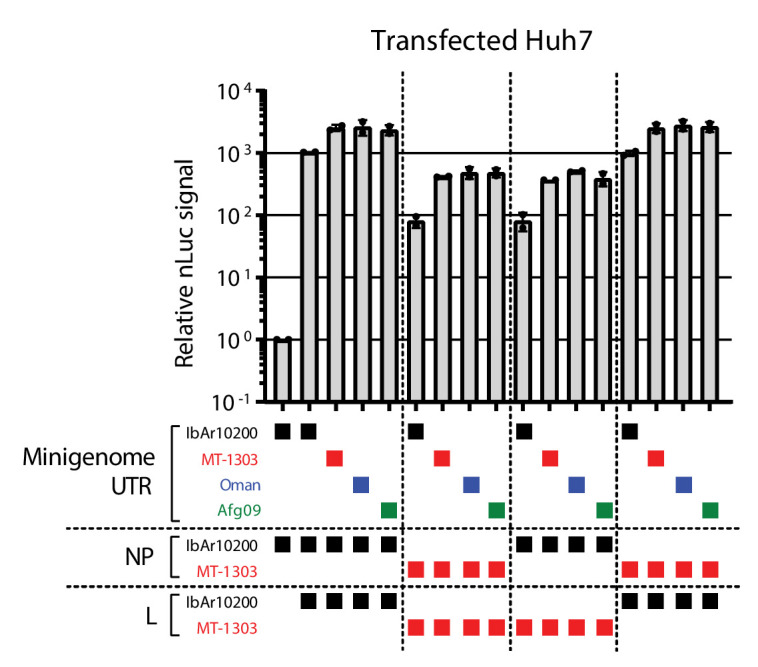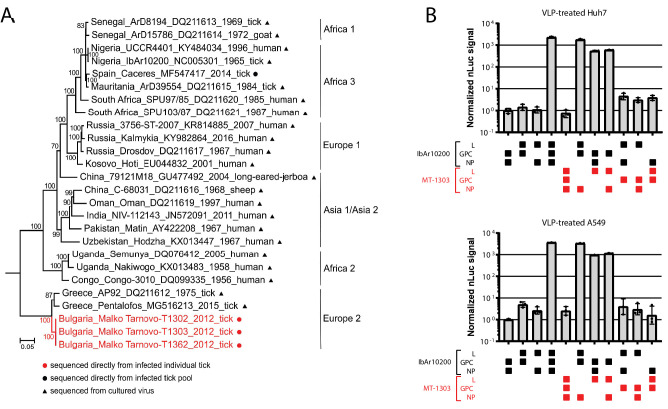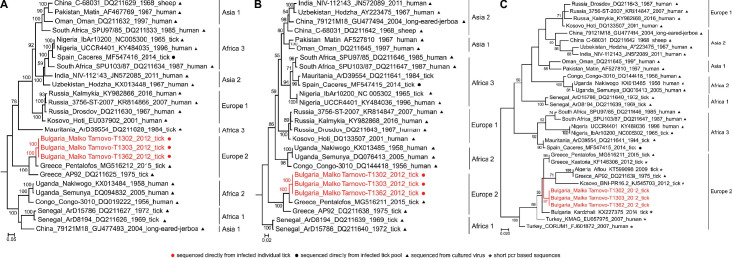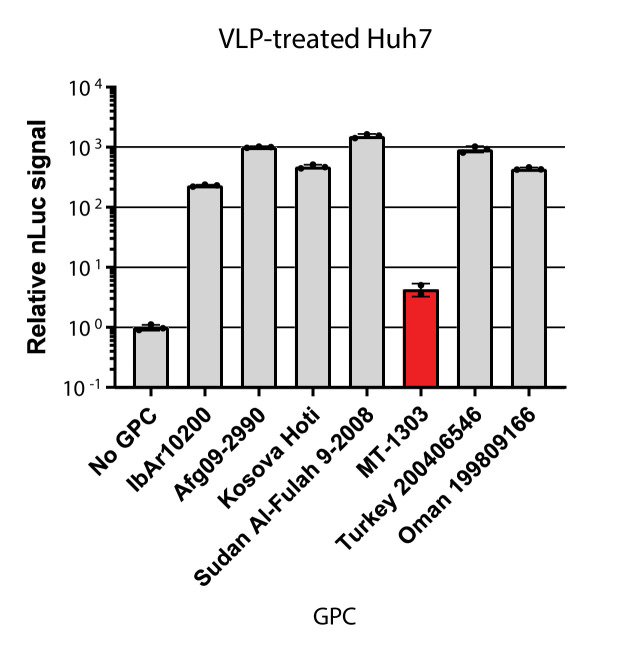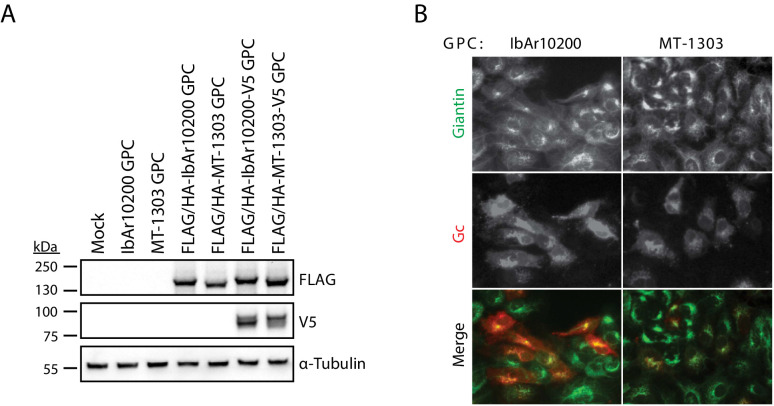Figure 1. Identification of a tick-derived Europe 2 CCHFV genotype that poorly infects human cells.
(A) Phylogenetic relationship of Malko Tarnovo strains to other CCHFV strains. Maximum likelihood phylogeny was inferred for the complete coding region of the L-segment. RAxML tree was performed with the GTR substitution model and 1000 bootstrap replicates. Only bootstrap values > 50 are shown. The tree was rooted to Dugbe virus. For each sequence, country, accession number, year of sampling, and host are shown. Sequences derived from virus growing in cell culture are marked by black triangles; sequences derived directly from infected ticks are marked by red circles. Novel sequences are marked in red. (B) Nanoluciferase (nLuc) reporter activity in Huh7 or A549 cells treated with VLPs generated using indicated combinations of viral protein components (L, GPC, and NP) from the IbAr10200 and MT-1303 strains. Error bars represent standard deviation of the mean of two independent biological replicates.
Figure 1—figure supplement 1. Phylogenetic relationship of Malko Tarnovo strains to other CCHFV strains.
Figure 1—figure supplement 2. CCHFV Malko Tarnovo strains cannot be maintained through serial passaging in virus isolation attempts.
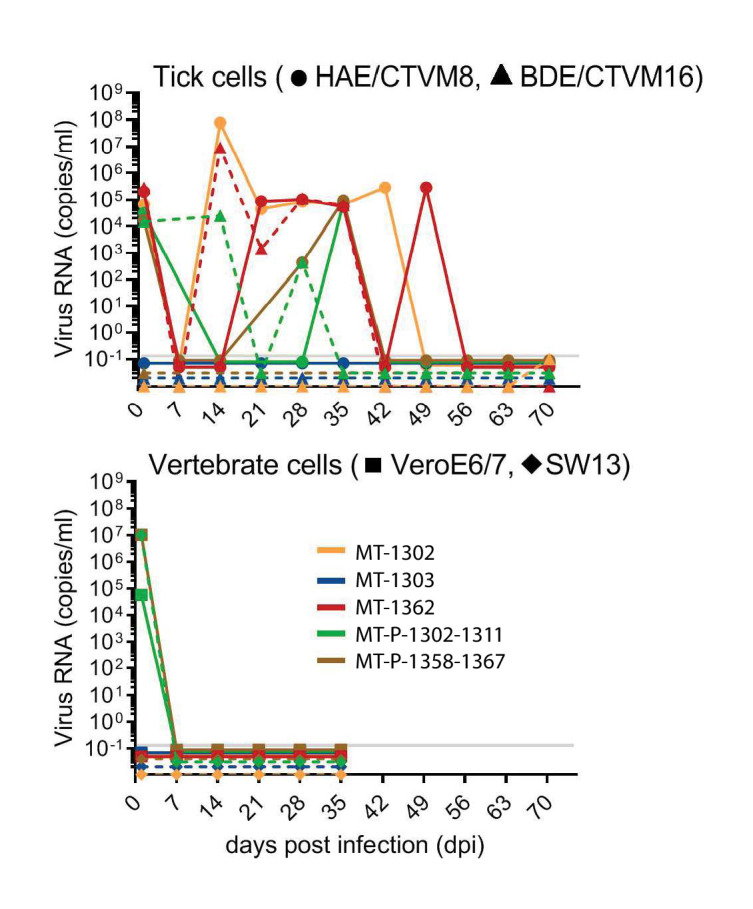
Figure 1—figure supplement 3. MT-1303 L drives replication of minigenomes derived from divergent CCHFV strains.
